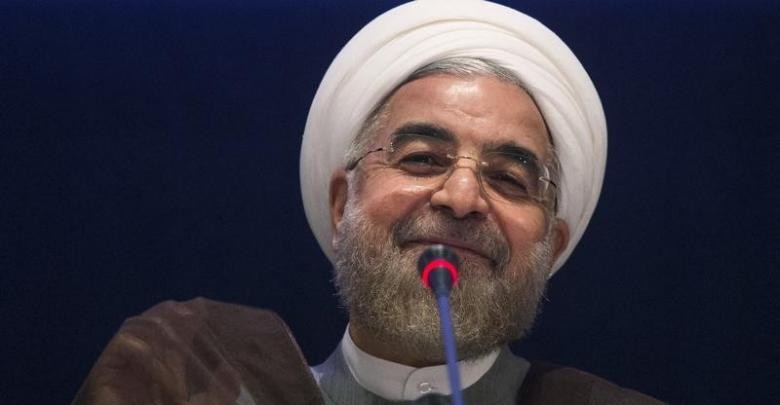PHOTO: Iranian President Hassan Rouhani Amid ongoing economic difficulties, Iran is celebrating confirmation — from the CIA — of stability in its foreign reserves. The Iranian site Tasnim features a line from the CIA’s World Factbook that Iran’s estimated reserves at the end of 2016 were $135.5 billion, the 16th-largest holding in the world. Amid US-led sanctions cutting its oil sales by more than 60%, Iran’s reserves were reportedly as low as $40 billion before President Rouhani took office in August 2013. The Iranian toman lost 75% of its value against the US dollar. Success in the nuclear talks with the 5+1 Powers, with a July 2015 agreement and implementation in January 2016, has brought recovery. Oil exports have risen 40% to about 2 million barrels per day — still 25% below the 2012 level, but sufficient to shore up the reserves. The Rouhani Government is still grabbling with other issues, however. Continued US financial restrictions have limited recovery of foreign trade and investment, especially in Iran’s oil and gas sector, as many European banks and companies still fear American punishment if they restore links with Tehran. The continued low oil price of about $50, relative to a high of about $115 in 2014, is posing challenges for the Government budget. A poll carried out by Zogby International earlier this month with 1,000 Iranians found a near-even split in opinions on the economy, with 51% “very satisifed” or “somewhat satisfied” and 49% “somewhat dissatisfied” or “not satisfied at all”. In a nationally-televised interview last week, Rouhani continued to defend the nuclear deal’s economic impact. He said that, if the agreement had not been reached, the Government would struggle to pay the salaries of public-sector workers.
Iran Daily: Amid Economic Difficulty, Tehran Celebrates A Bit of News from the CIA

